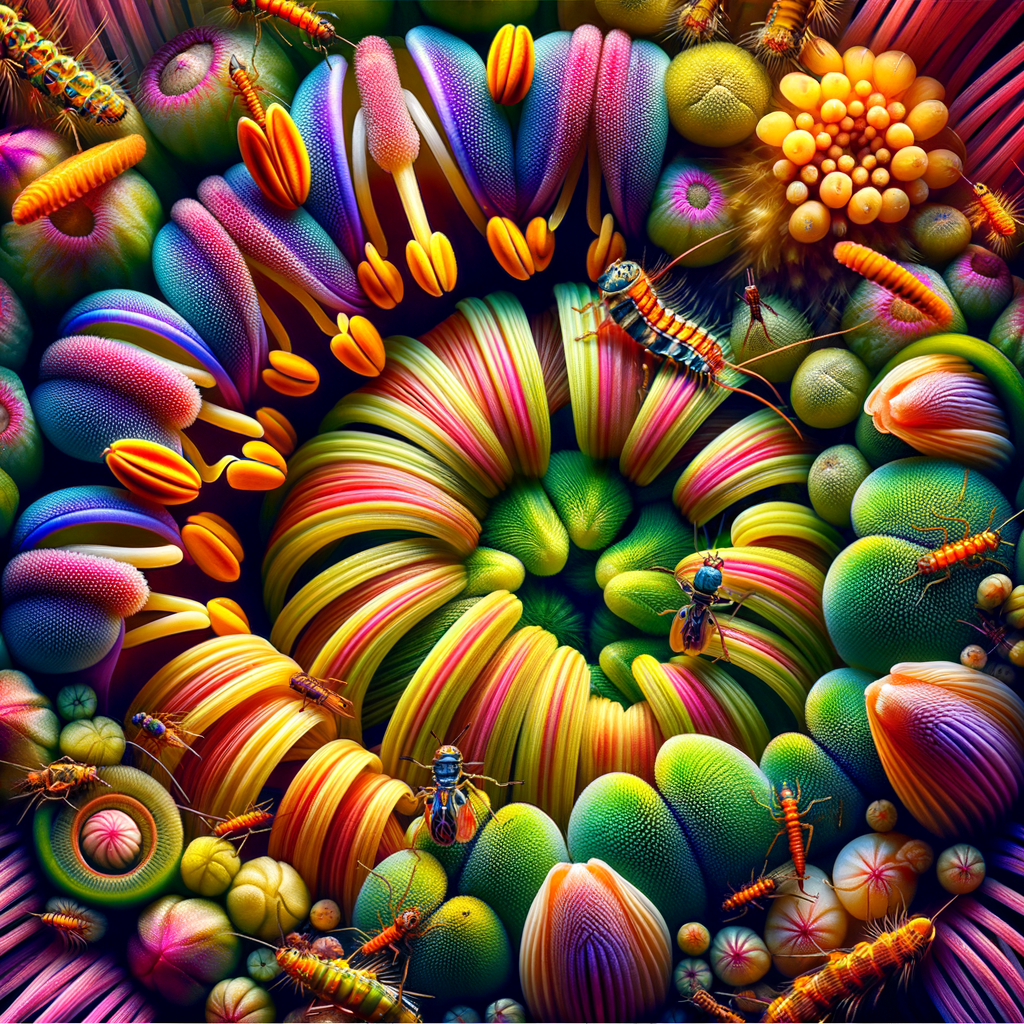
Macro photography is a fascinating world where every tiny object takes center stage. This branch of photography allows us to view nature from a new perspective, revealing a wealth of beauty and stunning details often overlooked by the naked eye. In this article, we will dive into the basics of macro photography, explore key techniques and tips, as well as select the right equipment to get started.
Macro photography, as an art form, opens up a new reality for us. Every leaf, every drop of water, and even a small bug can become an object of admiration when captured closely. In this article, we will explore how to achieve impressive results in macro photography.
1. Equipment Selection
To begin with, you'll need suitable equipment. There are several options that work well for macro photography:
- Macro Lenses: These are specialized lenses that allow for significant magnification. They provide high image quality and allow you to shoot at close distances.
- Extension Tubes: These devices fit between the camera and lens, allowing you to reduce the minimum focusing distance of the lens.
- Converters: They can help increase the scale of your standard lens, but keep in mind that this may lower the quality of the image.
- Long Focal Length Lenses: Although they are not designed for macro photography, they can produce interesting shots of distant objects with a high level of detail.
2. Lighting
Lighting plays a crucial role in macro photography. Natural light is often ideal, but in some situations, artificial lighting is necessary. Consider using:
- Flashes: They can help fill in shadows and highlight details.
- Reflectors: These can softly diffuse light and help avoid harsh shadows.
- Softboxes: They provide soft and even lighting, which is perfect for macro photography.
3. Shooting Techniques
Once you have your equipment and lighting, it's time to practice shooting. Here are some tips that can help:
- Use a Tripod: Even slight camera movement can cause blur. A tripod helps to keep the camera steady in place.
- Focus: Working with a shallow depth of field can make it difficult to keep focus, so use manual focusing to achieve the best results.
- Camera Settings: Optimal settings may vary, but try not to exceed a shutter speed of 1/200, especially when using macro lenses.
4. Composition
Composition is what makes photos stunning. Use composition rules, such as the rule of thirds or leading lines, to enhance the overall look of your work. Don't be afraid to experiment with colors and textures.
5. Post-Processing
Once you've taken your photos, don't forget about editing. Software like Adobe Lightroom or Photoshop can help improve color, contrast, and sharpness. You can also remove any distracting elements in the background to maintain focus on the main subject.
Conclusion
Macro photography is a unique way to see and capture the world around us. With the right tools and knowledge, you can create stunning images that unveil the mysteries of nature. Start experimenting today, and who knows what wonders you can capture through your lens!


